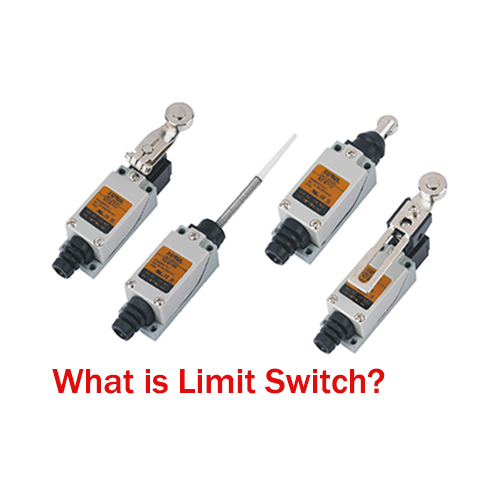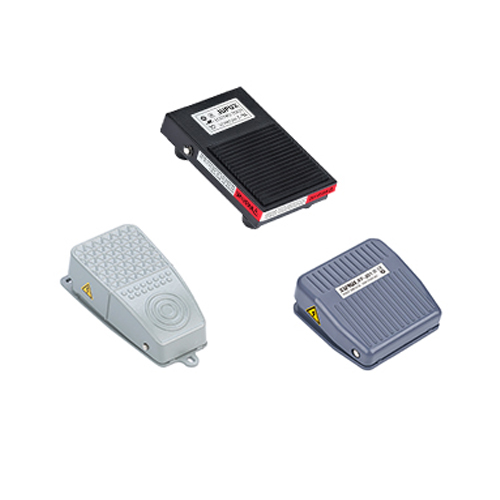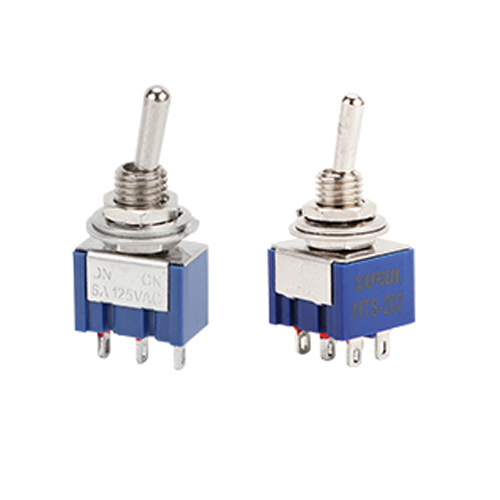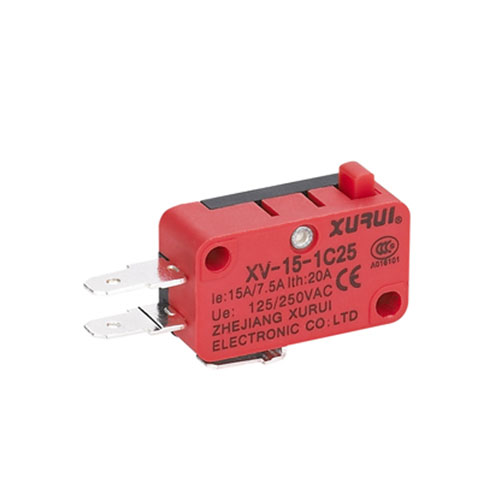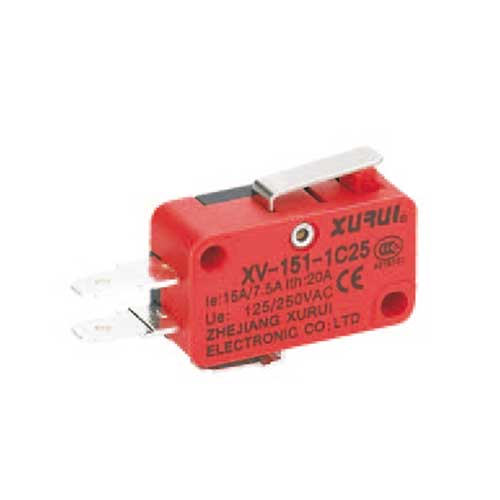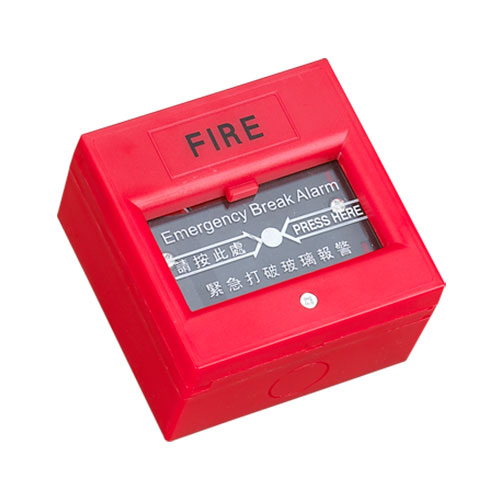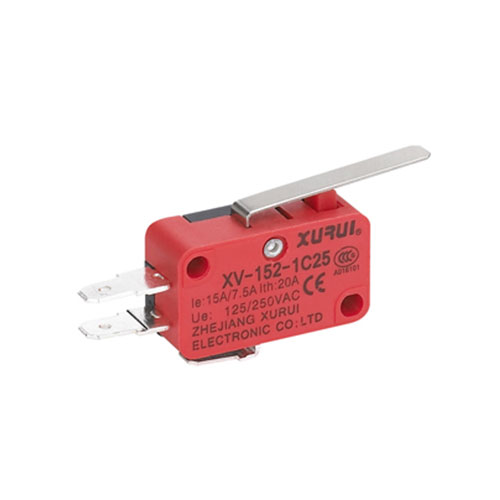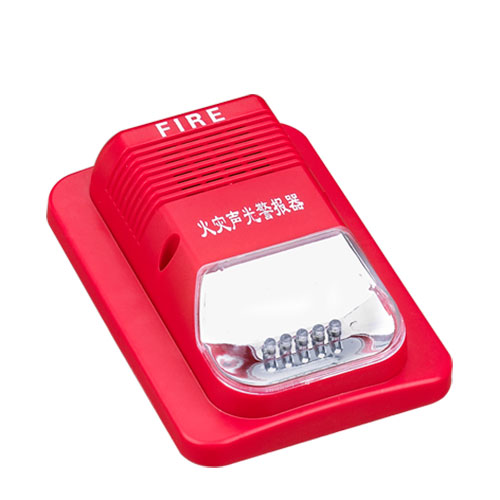Often referred to simply as a maglock, an electromagnetic lock switch is a modern, electrically operated security device used to secure doors and access points. Unlike traditional mechanical locks that use a bolt and key mechanism, maglocks rely on the powerful force of electromagnetism to hold a door firmly shut. They are a cornerstone of electronic access control systems, found everywhere from office buildings and hospitals to schools and data centers.
Working Principle
The working principle of an electromagnetic lock switch is based on the fundamental concept of electromagnetism. The lock consists of two main components: an electromagnet and an armature plate. The electromagnet is typically installed on the door frame, while the armature plate is attached to the door itself.
When an electric current is passed through the coil of the electromagnet, it generates a strong magnetic field. This magnetic field attracts the armature plate, which is made of a ferromagnetic material, creating a secure lock. The force of attraction is powerful enough to keep the door firmly closed, even against significant outward pressure.
When the electric current is interrupted, such as when the lock is disengaged or in the event of a power failure, the magnetic field collapses, and the armature plate is released, allowing the door to open. This fail-safe feature is an important safety aspect, as it ensures that the door can be opened in case of an emergency, such as a fire, when the power supply may be disrupted.
Applications: Where You Find Maglocks
Electromagnetic locks are incredibly versatile and used in numerous settings requiring controlled access or high-security:
1. Commercial Buildings: Securing main entrances, server rooms, executive offices, storage closets.
2. Educational Institutions: Securing labs, administrative offices, IT rooms, perimeter doors after hours.
3. Healthcare Facilities: Securing pharmacies, records rooms, behavioral health units, restricted access wings.
4. Government & Military: High-security areas requiring strict access control.
5. Data Centers: Protecting critical infrastructure.
6. Industrial Facilities: Securing control rooms, hazardous material storage.
7. Retail: Back entrances, stock rooms, cash offices.
8. Perimeter Gates & Turnstiles: Often used in conjunction with other hardware.
9. Elevator Lobby Security: Restricting access to specific floors.
Advantages of Electromagnetic Lock Switches
High Security
Electromagnetic locks offer a high level of security due to their strong magnetic force. The force of attraction can range from a few hundred pounds to several thousand pounds, depending on the model, making it difficult for unauthorized individuals to force the door open.
Simplicity and Reliability
Compared to traditional mechanical locks, electromagnetic locks have fewer moving parts, which reduces the risk of mechanical failure. They are also easy to install and maintain, as they do not require complex wiring or mechanical adjustments.
Fail-Safe Operation
As mentioned earlier, electromagnetic locks have a fail-safe feature, which means that they release the door when the power is turned off. This is crucial in emergency situations, as it allows for quick and easy evacuation.
Versatility
Electromagnetic locks can be used with a variety of door types, including wooden, metal, and glass doors. They can also be installed in both indoor and outdoor environments, provided that they are properly protected from the elements.
Conclusion
The electromagnetic lock switch is a powerful, reliable, and versatile solution for modern access control. Its simple principle of electromagnetic attraction provides significant holding strength, silent operation, and seamless integration with electronic security systems. While requiring a constant power source and careful installation, its advantages, particularly the critical fail-safe operation for life safety, make it the preferred choice for securing countless doors in commercial, institutional, and high-security environments. Understanding its working principle, applications, benefits, and limitations is key to deploying it effectively as part of a comprehensive security strategy.
FAQ
Q: How much power does an electromagnetic lock switch require?
A: The power requirements of an electromagnetic lock switch vary depending on the model and the size of the lock. Most electromagnetic locks operate on a low-voltage DC power supply, typically between 12V and 24V. The current draw also varies, but it is generally in the range of 0.5A to 2A.
Q: Can an electromagnetic lock switch be used with a manual door?
A: Yes, electromagnetic locks can be used with manual doors. However, it is important to ensure that the door is properly aligned and that the armature plate is installed correctly to ensure a secure lock.
Q: What happens if the power supply to the electromagnetic lock switch is interrupted?
A: In the event of a power failure, the electromagnetic lock will release the door, allowing it to be opened. This is a fail-safe feature that ensures safety in emergency situations.



